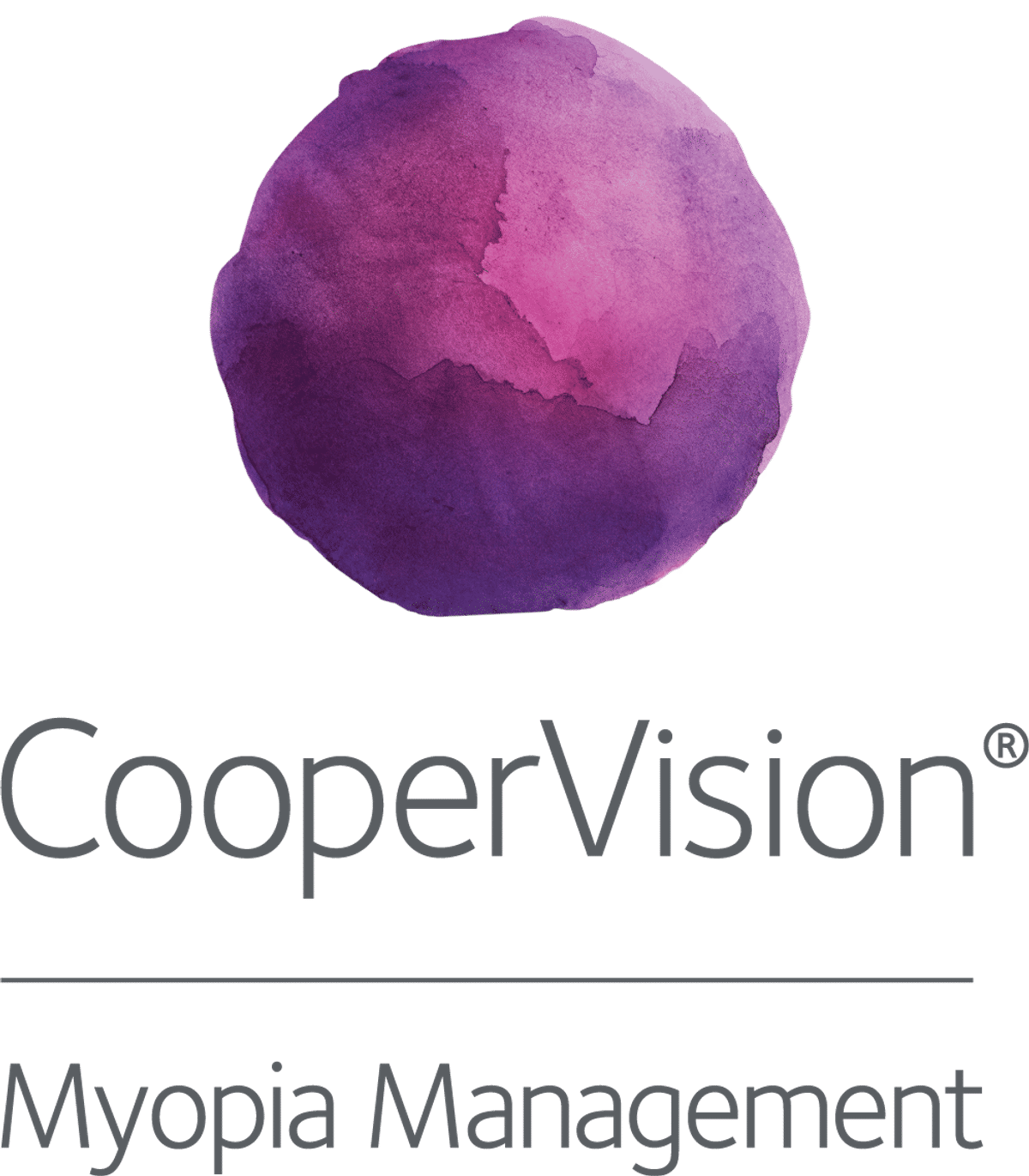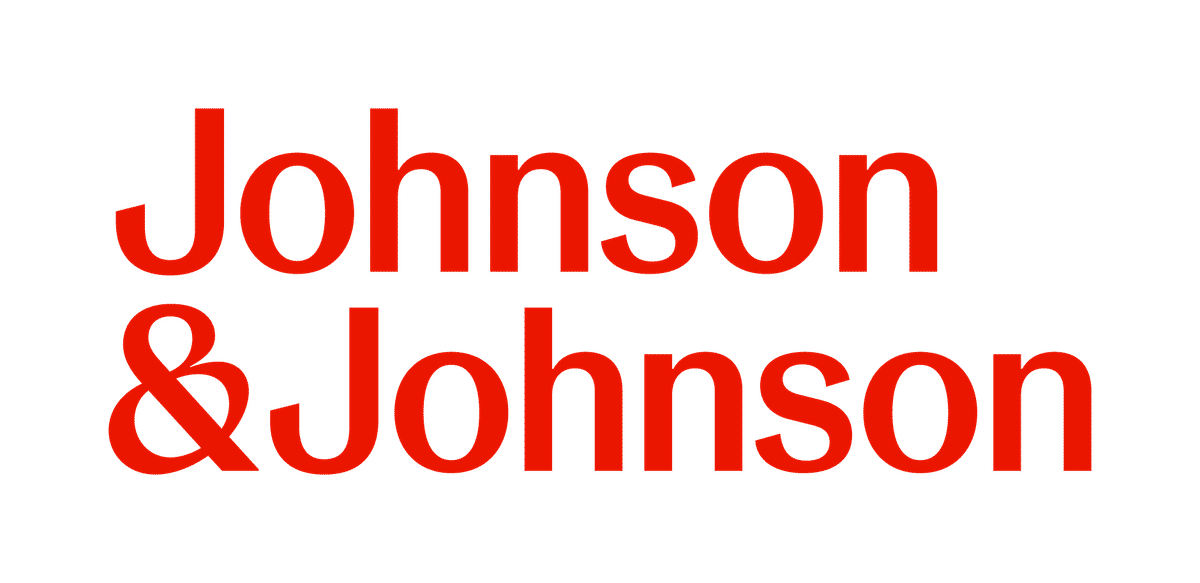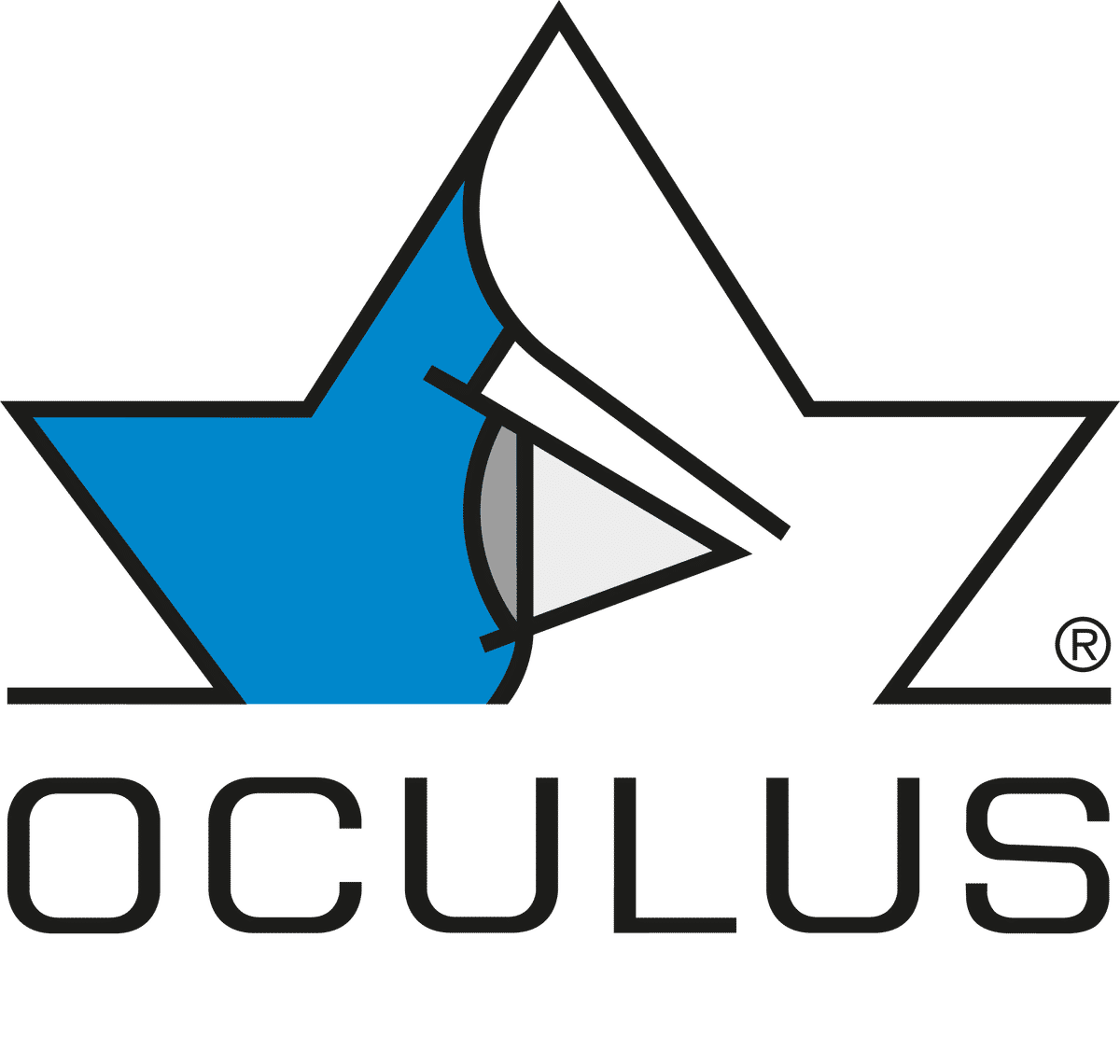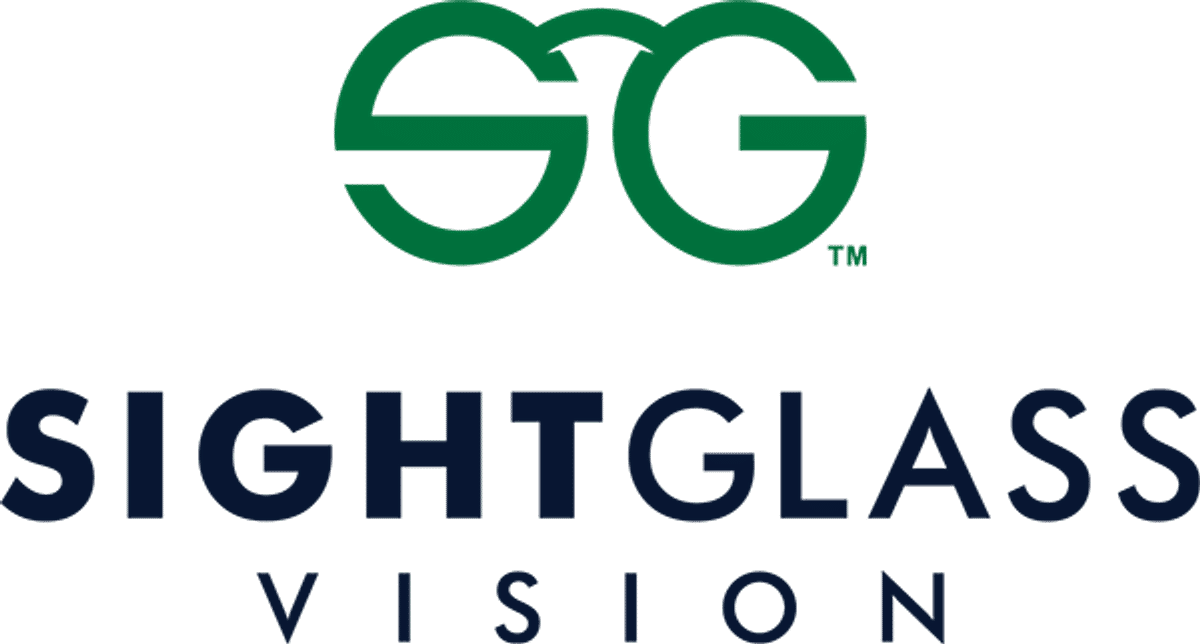Science
Does combining 0.05% atropine have an add on effect with ortho‑k?

In this article:
This study examined whether adding 0.05% atropine enhances myopia control in children who continued to progress rapidly despite ortho-k treatment.
Paper title: Add-on effect of using 0.05% atropine in fast progressors of orthokeratology: A preliminary retrospective study
Authors: Wen, Longbo (1,2,3); Liu, Hong (1,2,3); Xu, Qinglin (1,2,3); Pan, Wei (1,2,3); Lin, Zhenghua (1,2,3); Xiao, Zhigang (4); Yang, Zhikuan (1,2,3); Lan, Weizhong (1,2,3,5); Chen, Zhao (1,2,3)
- Aier School of Ophthalmology, Central South University, Changsha Aier Eye Hospital, Aier Eye Hospital Group, Hunan, China.
- Hunan Province Optometry Engineering and Technology Research Center, Changsha, China.
- Hunan Province International Cooperation Base for Optometry Science and Technology, Changsha, China.
- Hunan Children’s Hospital, Hunan, China.
- Guangzhou Aier Eye Hospital, Jinan University, Guangdong, China.
Date: 2025
Reference: Wen L, Liu H, Xu Q, Pan W, Lin Z, Xiao Z, Yang Z, Lan W, Chen Z. Add-on effect of using 0.05% atropine in fast progressors of orthokeratology: A preliminary retrospective study. Cont Lens Anterior Eye. 2025;48:102282.
Summary
The study evaluated the impact of adding 0.05% atropine to ortho-k lens treatment for children whose myopia progressed rapidly despite wearing ortho-k alone. These children aged 8–14 years, had myopia levels ranging from −1.00D to −6.00D and were classified as "fast progressors" based on axial length (AL) elongation exceeding 0.15mm in six months or 0.30mm in one year. Participants were divided into two groups: one group continued using ortho-k only (OK group), while the other combined ortho-k with 0.05% atropine (OKA group). They found that:
The OKA group experienced an average AL elongation of 0.14mm over the year, compared to 0.27mm in the ortho-k-only group
The most substantial effect occurred during the first six months of treatment, where AL growth in the ortho-k + atropine group was minimal (0.02mm) compared to the ortho-k group (0.15mm).
AL growth in the second half of the year were similar between the two groups, with 0.12mm in the ortho-k + atropine group and 0.12mm in the ortho-k group.
What this means for my practice
This study is the first to evaluate the additive effect of 0.05% atropine with ortho-k, focusing on fast progressors who show poor outcomes with ortho-k alone. Previous research found that adding 0.01% atropine enhances myopia control in those already responding well to ortho-k, but it offers little benefit for fast progressors.1 In contrast, this study demonstrates that 0.05% atropine significantly improves control in fast progressors, suggesting that higher concentrations may be necessary for better myopia management in these cases. In clinical practice, this might mean starting at 0.05% atropine when considering combination therapy for fast progressors who’s myopia progression is not adequately controlled by ortho-k alone.
What we still need to learn
This study provides valuable insights into the effectiveness of combining ortho-k with 0.05% atropine, but important gaps remain. Notably, the lack of documentation regarding potential side effects, such as changes in pupil size, accommodation, and visual quality, limits the understanding of the overall safety and tolerability of this combination therapy. Furthermore, while the study focuses on fast progressors with poor control using ortho-k alone, it would be interesting to investigate the effect of 0.05% atropine in individuals already achieving good control with ortho-k monotherapy. This could help clarify whether higher concentrations of atropine offer additional benefits or if they are best reserved for cases with suboptimal responses.
Abstract
Purpose: To investigate the potential benefit of combining orthokeratology (OK) lenses with 0.05% atropine ophthalmic solution on the efficacy of myopia control in the fast progressors of OK.
Methods: Average axial length (AL) elongation of both eyes in 70 participants using OK lenses alone or OK lenses combined with 0.05 % atropine ophthalmic solution was retrospectively reviewed. During the observation period (phase 1), all participants exhibited an AL elongation that exceeded 0.15 mm over a 6-month period or 0.3 mm over a 12-month period. Subsequently, the participants were divided into two groups: one group received nightly 0.05 % atropine ophthalmic solution in addition to OK lenses for another 1 year (OKA), while the other group continued using OK lenses alone (phase 2). The changes in AL elongation over time and the differences in AL elongation between the two groups were then compared.
Results: The baseline and phase 1 demographics and characteristics of the participants was similar between the two groups (all p > 0.05). when considering a one-year timeframe, the OKA group displayed a significantly less AL elongation compared to the OK group (0.14 ± 0.13 mm vs 0.27 ± 0.12 mm, p < 0.001). Within the OKA group, the AL elongation in the second half of the year was significantly faster than in the first half (0.12 ± 0.11 mm vs 0.02 ± 0.14 mm, p = 0.01). Conversely, there was no significant difference in AL elongation between the OK group in the first and second half of the year (0.12 ± 0.07 mm vs 0.15 ± 0.08 mm, p = 0.71). The combination of 0.05 % atropine ophthalmic solution had a significant effect on 1-year AL elongation (p < 0.001).
Conclusions: This study provided preliminary evidence that the combination of OK lenses and 0.05% atropine ophthalmic solution can significantly enhance the effectiveness of myopia control.
Meet the Authors:
About Jeanne Saw
Jeanne is a clinical optometrist based in Sydney, Australia. She has worked as a research assistant with leading vision scientists, and has a keen interest in myopia control and professional education.
As Manager, Professional Affairs and Partnerships, Jeanne works closely with Dr Kate Gifford in developing content and strategy across Myopia Profile's platforms, and in working with industry partners. Jeanne also writes for the CLINICAL domain of MyopiaProfile.com, and the My Kids Vision website, our public awareness platform.
References
- Chen Z, Zhou J, Xue F, Qu X, Zhou X. Two-year add-on effect of using low concentration atropine in poor responders of orthokeratology in myopic children. Br J Ophthalmol. 2022 Aug;106(8):1069-1072.
Enormous thanks to our visionary sponsors
Myopia Profile’s growth into a world leading platform has been made possible through the support of our visionary sponsors, who share our mission to improve children’s vision care worldwide. Click on their logos to learn about how these companies are innovating and developing resources with us to support you in managing your patients with myopia.










